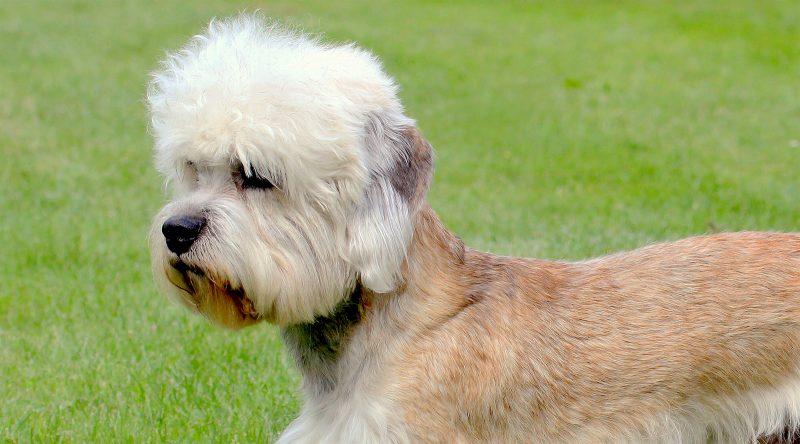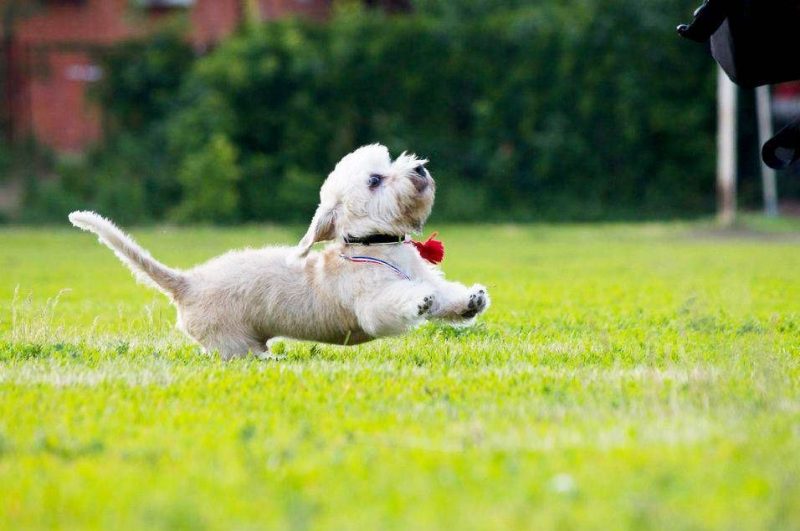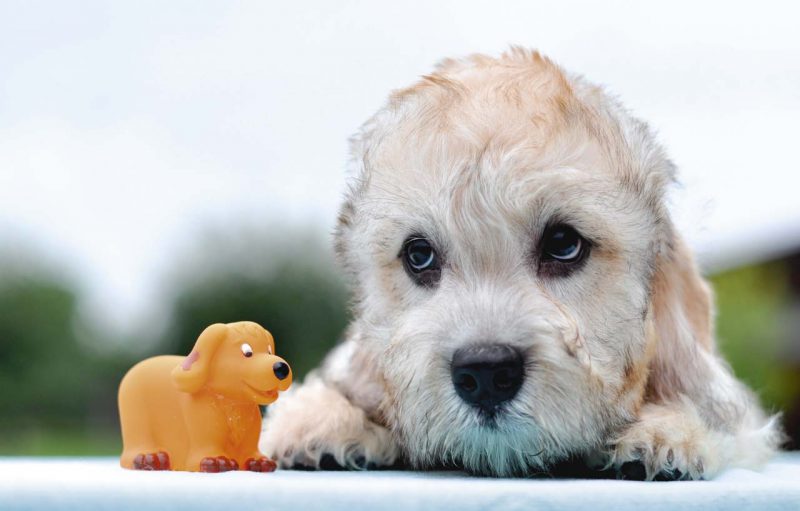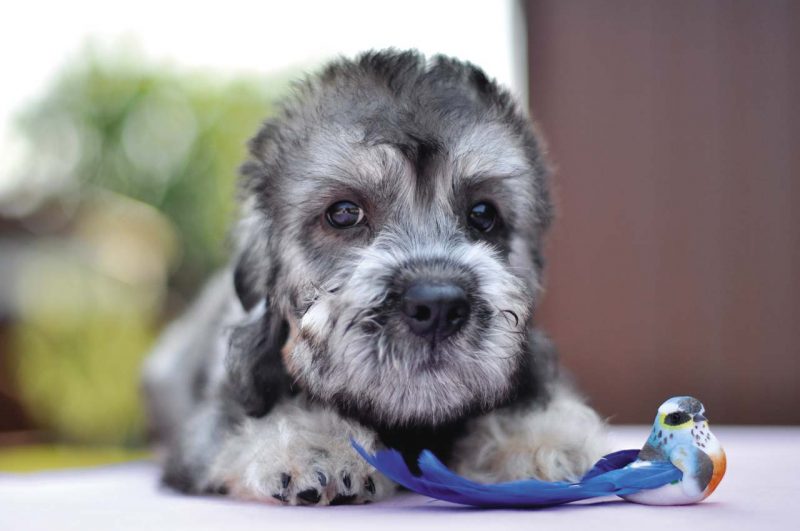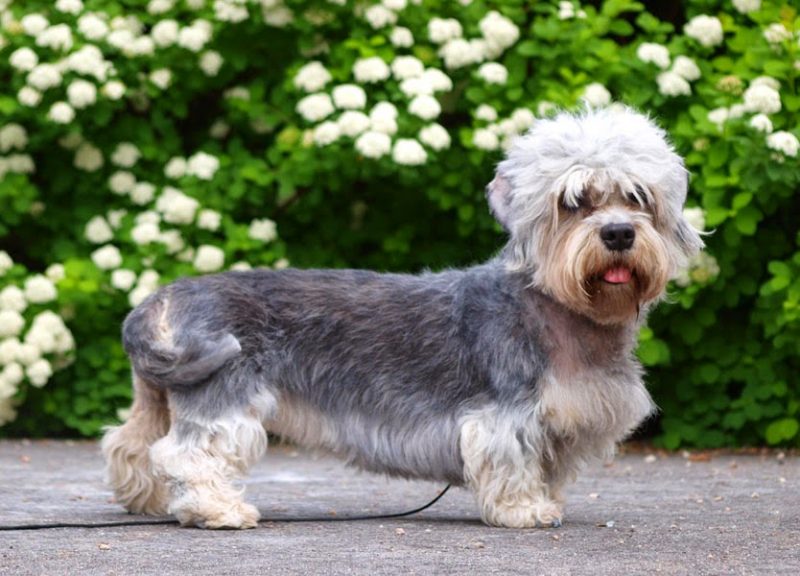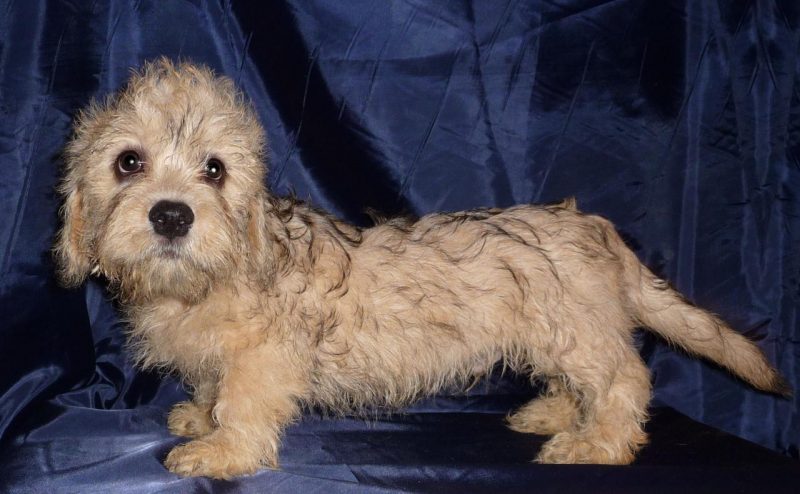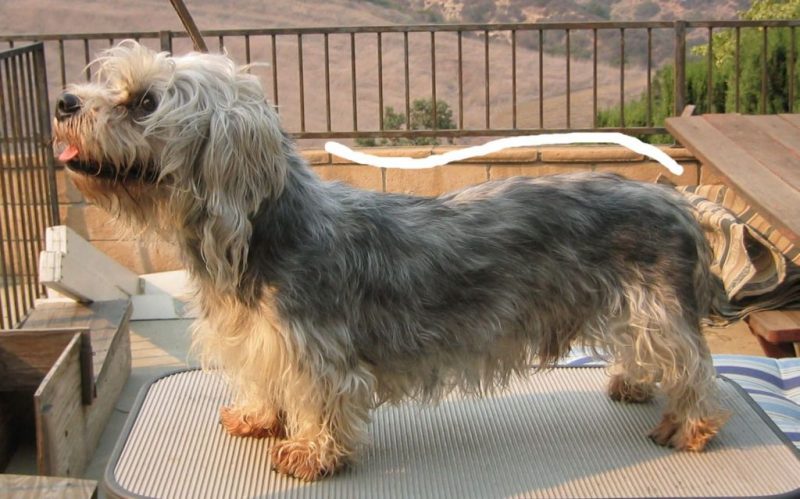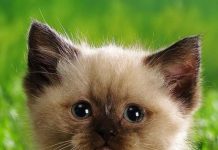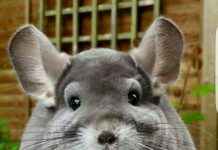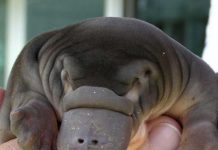Dandy Dinmont Terrier is one of the most famous representatives of Scottish canine breeds. At different times, these animals were the favorites of nomadic tribes and the highest royal people. What explains such an unusual name for dogs and how to care for miniature Scots? Learn from this article.
Material Content:
Origin history
It is generally accepted that dinmont terriers are descended from dogs that lived in the south of Scotland. Such animals were used for hunting rodents. There are several versions regarding the emergence of dinmont terriers. According to the most popular of them, this breed appeared as a result of a mixture of sky terriers and Scottish terriers.
On a note. Dogs owe their name to the character of Walter Scott's Guy Manning by the name of Dandy Deinmond. He owned several terriers of this breed.
The biography of dandy-dinmont terriers is interesting and rich. These animals were often bred by gypsies who needed protection from rodents. For the same wonderful hunting qualities, the breed was loved by farmers. Animals remarkably cleared farms from small pests and helped the owners hunt otters, rabbits and badgers. This miniature terrier on the shoulder was to defeat even affection, marten or skunk.
Representatives of the aristocratic stratum of the population of England also did not remain indifferent to the charm of dandy-dinmont terriers. These dogs often became the favorites of members of the royal family, in particular, Queen Victoria herself. Centuries ago, the Duke of Northumberland promised the whole farm to his steward for the dog-dinmond.A faithful servant refused him, citing the fact that managing the household without his four-legged assistant would be difficult.
Officially, these dogs were recognized as a separate breed in 1955. Now dandy-dinmont terriers are kept as pets, having lost their former hunting skills.
Description of the dandy-dinmont terrier
The international standard gives the most complete and accurate description of the dandy-dinmont breed. Adult growth varies between 20-28 cm, weight - 8-11 kg. There are two types of animal color: mustard and pepper.
The head of the terriers is large, with developed jaws. It is covered with abundant soft vegetation. Animals have a scissor bite. The wide-set eyes of a dark color are rather large, but at the same time not convex. The hanging ears are quite wide, offset to the back of the head. The animals are distinguished by a long body and a muscular neck. The tail is shaped like a scimitar, tapering to the tip.
Forelegs are short, straight, widely spaced and turned outward. The hind limbs are slightly longer than the front. The coat has a soft undercoat and a hard base.
Life span
The lifespan of dandy-dinmont terriers is 11-14 years.
These dogs are susceptible to a number of diseases:
- Back diseases. In particular, pets often have prolapse of the vertebral discs. If the owner has noticed that the dog does not want to run, differs in awkward movements and shudders from touching his back, you should immediately take him to the veterinarian.
- Glaucoma. An inherited disease that often causes blindness. It can be treated with a medical or surgical method. The main symptom of the pathology is the watery eyes of the dog. In this case, the dog is almost not oriented in the dark and often scratches his face.
Predisposition to genetic diseases in these dogs was not detected. And timely vaccination will help protect the pet from various infections.
Purpose and character of the dog
Although the hunting skills of the dandy-dinmont terrier are almost not of interest to potential owners, this dog can become a wonderful guard for his family. In this case, the dog does not interfere with its small size. Of course, he will not be able to become an obstacle for a person or an animal too large. However, it is quite within their power to detain an uninvited guest until the owner arrives.
Little terriers are very sociable, distinguished by fidelity and devotion to their family members. Can exist without problems next to other pets. At the same time, the owners should not start two dogs of this breed at once - they will begin to compete for leadership in the family.
Breed standard and puppy selection
Owners wishing to become owners of such dogs should not choose puppies without documents. Their absence is an occasion to think about the authenticity of the breed. In Russia, the dinmont terrier is not particularly popular, but there are several officially registered nurseries in the country.
Tip. When choosing a puppy, it is better to give preference to the smallest individuals from the brood. If the owner is planning an exhibition career for the pet, the color of the dog should also be considered: the more difficult it is, the more the dog is valued.
Maintenance, care and feeding
Keeping dandy-dinmons is not particularly difficult: these dogs are not too whimsical to living conditions.
In the process of caring for a pet, several basic rules should be considered:
- Regular combing. Although these dogs are not very susceptible to molting, it is possible to maintain the health of the coat and prevent the appearance of tangles only by combing. Dry hairs seen after the procedure should be carefully plucked. But you can not cut hairs in the groin area and between the fingers of the dog - growing, they can cause him discomfort.
- Systematic walks. These animals are distinguished by mobility and curiosity. They are suitable for owners who love an active lifestyle.
Due to their size, dinmont terriers eat a bit. Their diet consists of meat and vegetables. If a natural food is chosen for a pet, one should not forget to periodically give them vitamin complexes. If the basis of the diet consists of finished feed, complexes should be excluded - dry food provides for the content of all necessary substances. Food should be chosen based on the age and weight of the dog dandy-dinmont terrier.
Basic rules for feeding adults with natural food:
- All products are boiled without salt and must be ground.
- If the owner has found half-eaten pieces of food, they should be discarded, and subsequent portions reduced.
- At the end of the meal, wash the pet's bowl thoroughly.
And also it is necessary to take into account a number of subtleties of feeding puppies of the dandy-dinmont terrier:
- During the first months of life, babies are fed 5-6 times a day, gradually reducing the number of meals to two.
- It is worthwhile to transfer young growth to solid food gradually, simultaneously combining it with liquid products.
- The diet of small and adult terriers may include vegetables, milk, eggs, unsalted cheese. After six months, Hercules porridge is allowed. Do not treat your pet with sweets. Salty, smoked, fried foods are no less harmful to their health. From time to time, the pet can be allowed to feast on raw beef bone, which does not have small fragments and veins.
If the dandy-dinmont terrier shows signs of allergy (which does not happen too often), you should change the food system or some of its components. It is possible that certain products are not suitable for him. Since terriers are distinguished by dense vegetation on the face, you should tie it up or hide it under an elastic band. This will protect the pet from getting stuck pieces of food in the hairs.
Advantages and disadvantages of the breed
The indisputable advantages of representatives of a small breed of dogs called dandy-dinmont include:
- good health;
- courage, courage;
- simplicity of maintenance;
- spectacular appearance;
- unpretentiousness in food;
- devotion to family members;
- lack of a molt and a "dog" smell.
Before acquiring a dinmont terrier puppy, a number of disadvantages related to the breed should be taken into account:
- obstinacy, difficulties in training;
- short-tempered temper, pugnacity;
- tendency to pranks.
A great companion option for owners looking for a faithful and agile dog is the dandy dinmont terriers. The modest size of the animals is offset by courage and quick wits. With proper training, the puppy grows into a calm, balanced, intelligent dog.


